The Art of Intimate Design: Richard J. DeMarco Discusses Relationship of Art to Real Estate
iStar recently tapped George Bates Studio to create a mural installation on the side of Asbury Ocean Club, a 17-story luxury residential oceanfront development in Asbury Park, for example. In Jersey City, 99 Hudson, a 79-story condo project, was recently transformed into an art gallery for a night to celebrate the Jersey City Mural Arts Program (JCMAP). The development displayed more than 30 works of art, with the Manhattan skyline providing the backdrop through the building’s glass walls.
Other buildings have staged smaller, more intimate initiatives and designers today are paying more attention to how art can enliven a building’s common areas and contribute to the cultural growth of a community.
“I finished the mural at the beginning of August for the Asbury Ocean Club Hotel & Residences,” George Bates reports. When I presented sketches to Jay Sugarman, CEO of iStar, I think he appreciated that the proposed art would create a dialogue with the community – and he doubled the scope of the project right there in the meeting.”
TYING HOME TO THE COMMUNITY
Bates says his mural broadly captures Asbury Park’s history as a musical destination and resort town. While the Asbury Ocean Club is eye-grabbing, the mural made it a more noticable part of the community – without referencing specific people.
“Some projects want specific historical references, but here I was trying to say, ‘This is a place where folks come to have a good time.’ People talk about the golden era here; that dialogue is part of what the mural is about.”
Designer Robin Wilson of Robin Wilson Home says, in general, the basic principles of decorating a space with art hold true whether it’s a common or private space. The components – be they paintings, photographs or sculptures – must be in harmony with each other and the lifestyle into which they fit.
“Books can be art, which many people overlook,” she says. “Authentic vintage steamer trunks can be decorative. If you don’t like color on your walls, that’s fine, but use your furnishings as your pop of color.”
Wilson also recommends classic gallery framing for paintings or photographs – one to two-inch frames or even larger – and museum quality glass to protect the artwork. “Don’t forget to consider lighting,” she urges. “People often don’t know about ‘uplifting’, a floor based tube that lets the light go up to the art and can really make your space come alive as a unified work of art.”
Reclamation art, such as a table made from a surfboard or from tree trunk, can make a statement too, Wilson adds. Vintage chairs can be reupholstered with modern fabric; a trophy can be turned into a vase.
James Wallace, co-founder and president of nAscent Art New York, works with developers and design teams to acquire artwork for lobbies and other common areas. He says art has become an important differentiator in luxury residential buildings.
“People who live in those properties are often well-traveled and enjoy fine art,” he says. “When they come home, they want to be wrapped in the same appreciation for beauty. Just make sure your art is authentic and has a sense of voice and vision. It must appeal to the resident, and it must have an authentic voice; that is, made by an actual artist who is passionate about the art.”
CURATING IS KEY
Richard J. DeMarco, AIA, Principal of Montroy DeMarco Architecture, draws a distinction between art suitable for rental properties and art that works better in a condo setting.
“For the latter,” he says “you have more of a target market, so you would choose artwork parallel to the style of the building: classical or more progressive. In some cases, especially for a luxury building, you need to create a marriage between the building, which might itself be art both inside and out, and the paintings or sculptures.”
“Sophisticated developers incorporate art programs and consultants in the initial planning stages rather than later on as an afterthought,” he notes. “This lets them include oversized art installations, such as murals or sculptures, which might require specific deign, engineering and access solutions early on.”
Source: The Wall Street Journal
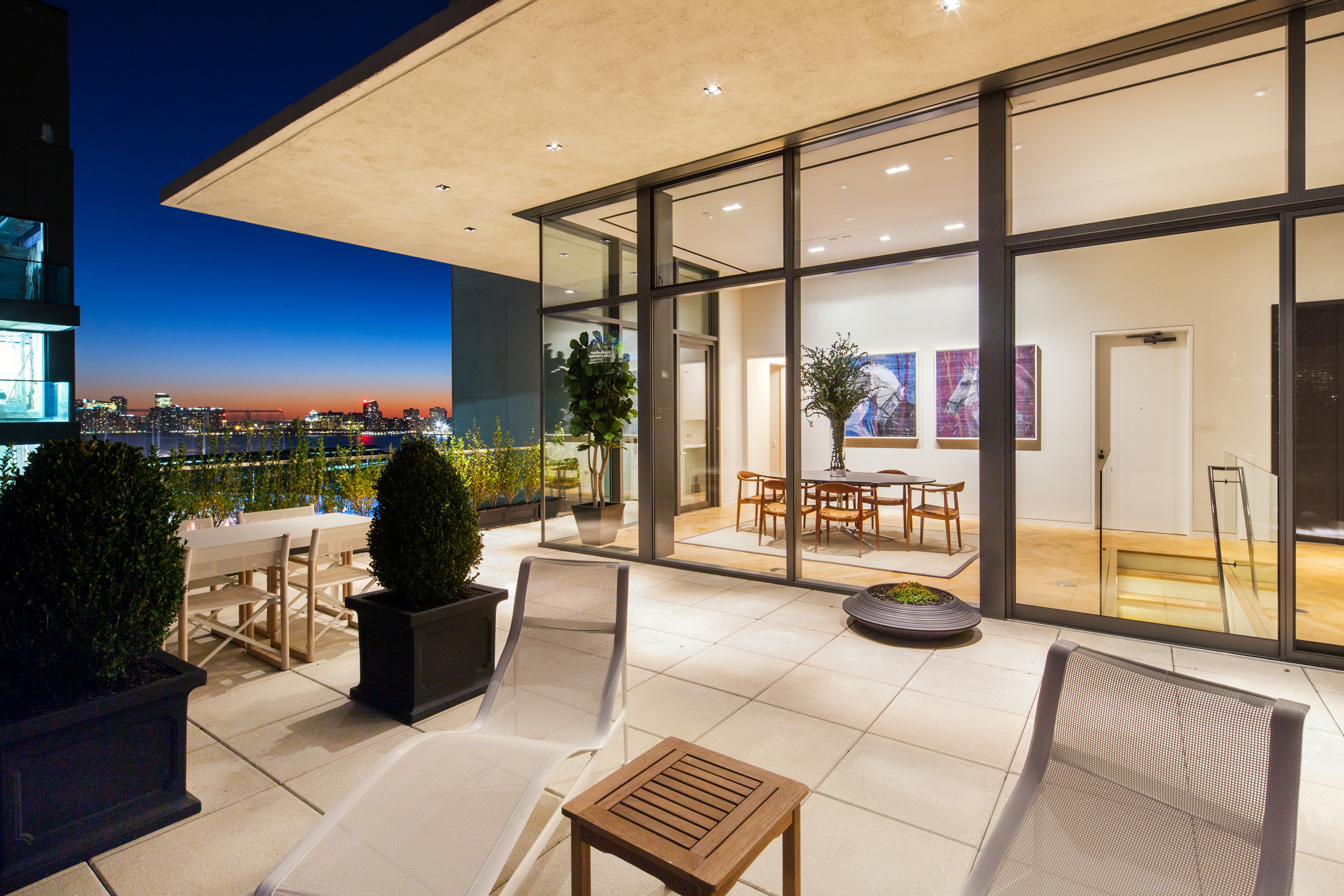
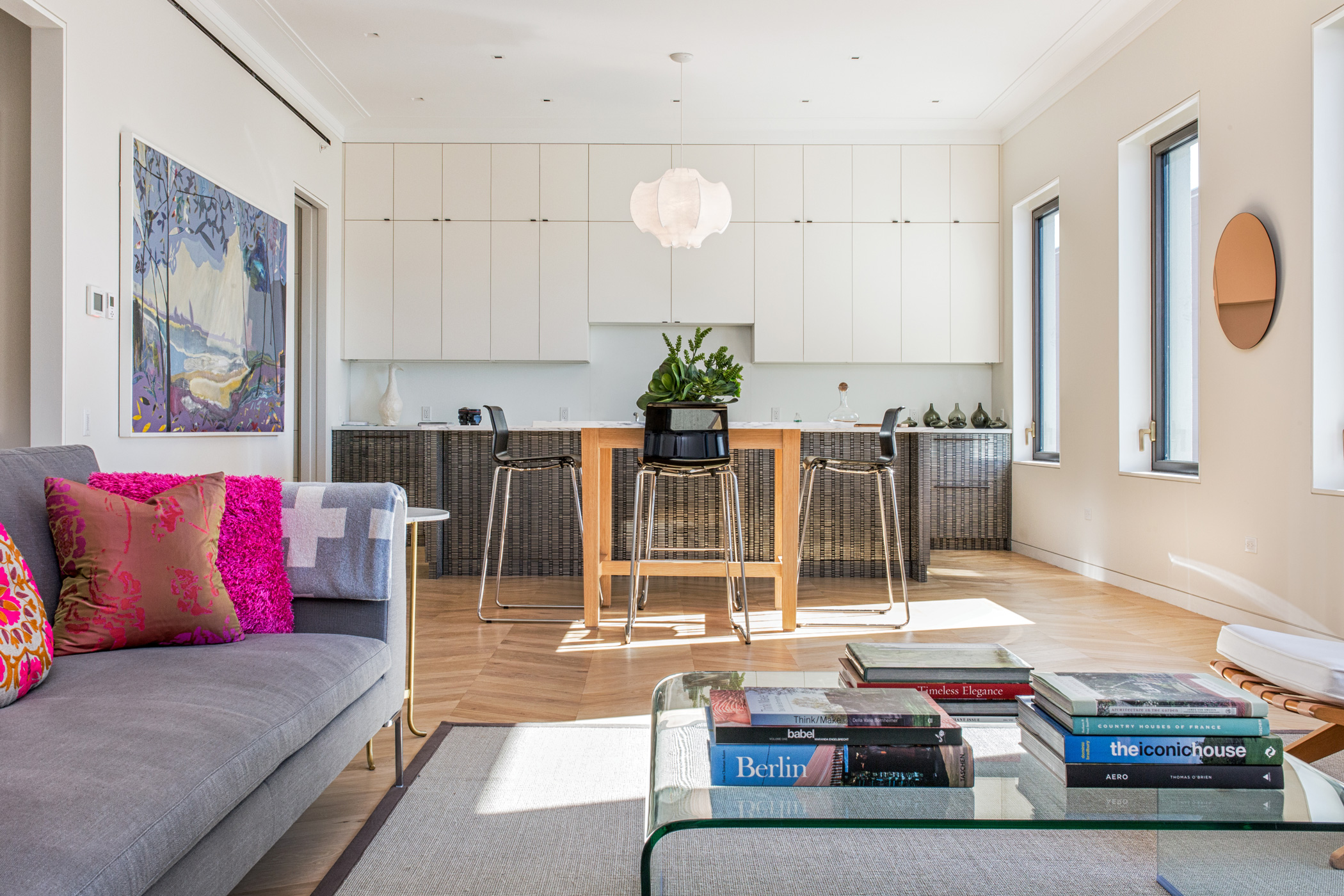
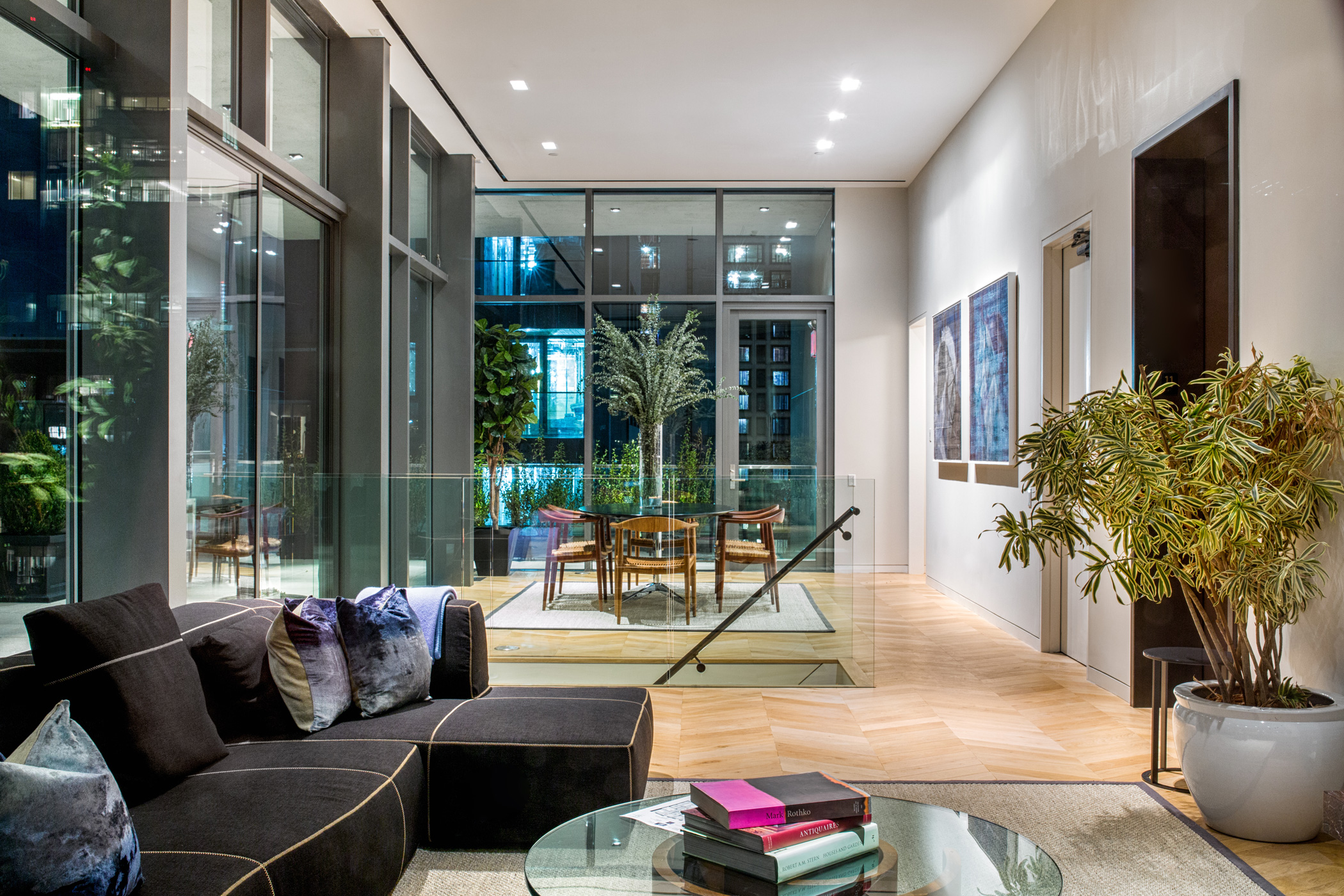
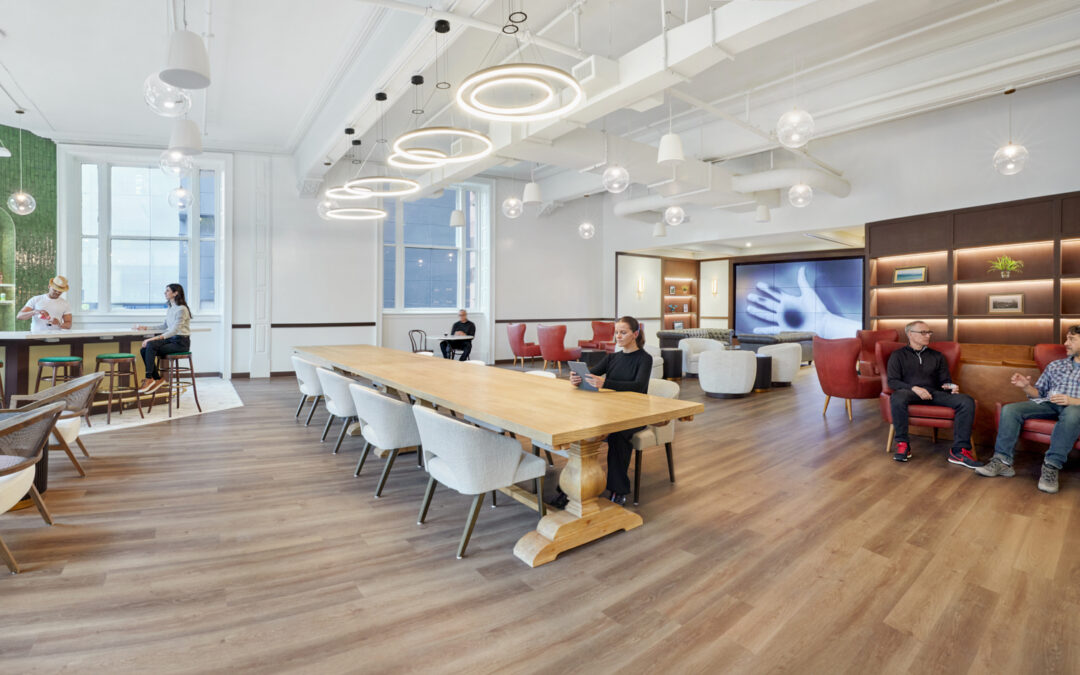
MDA is One of the Nation’s Largest Workplace Interior Architecture Firms
Montroy DeMarco Architecture LLP is one of the Nation's Largest Workplace Interior and Interior Fitout Architecture and Architecture Engineering (AE) Firms! Check out Building Design+Construction Magazine's Annual 2024 Giants 400 Report....

Top of the Rock Opens 900 Ft. High Skylift Attraction
Skylift at Top of the Rock, a new attraction atop 30 Rock, elevates visitors nearly 900 feet in the air above street level for a spectacular, entirely unobstructed, 360-degree view of New York City. The design team for the Skylift included owner Tishman Speyer...
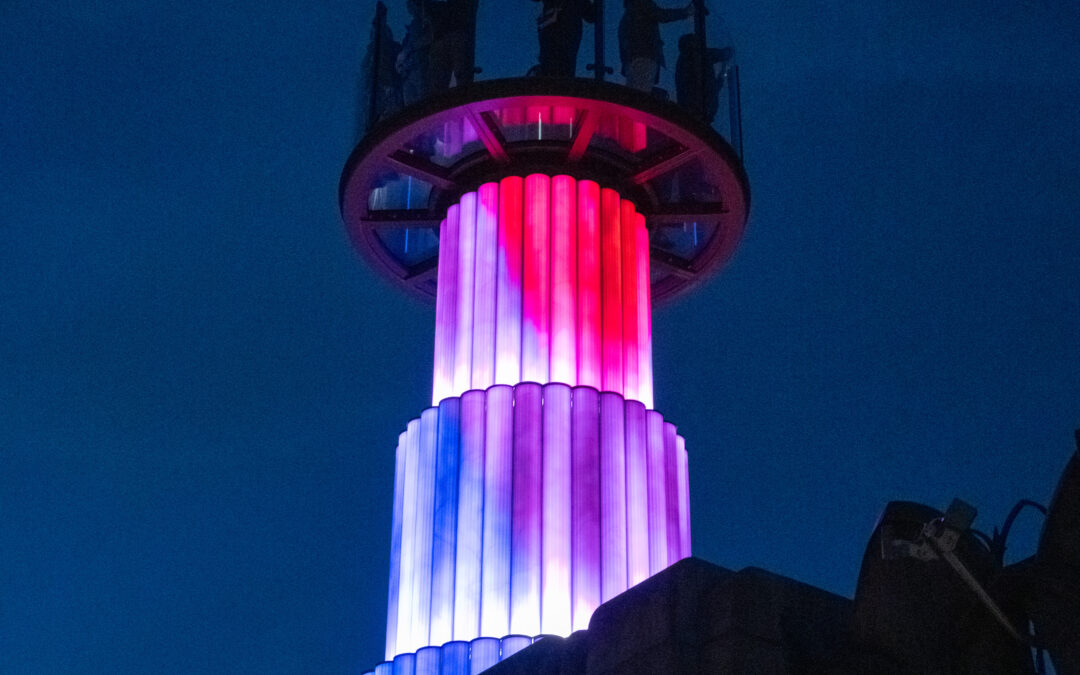
Tishman Speyer Properties and Architect Richard J. DeMarco Complete Skylift At Rockefeller Center’s Top Of The Rock
The One-of-a-Kind Attraction Elevates Visitors Nearly 900 Feet Above New York City New York, NY–Skylift at Top of the Rock, a new attraction atop 30 Rock, elevates visitors nearly 900 feet in the air above street level for a spectacular, entirely unobstructed,...
